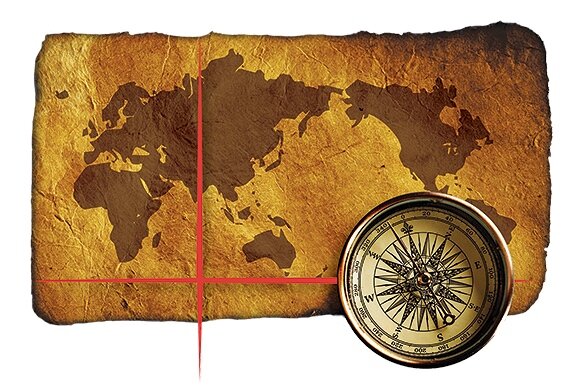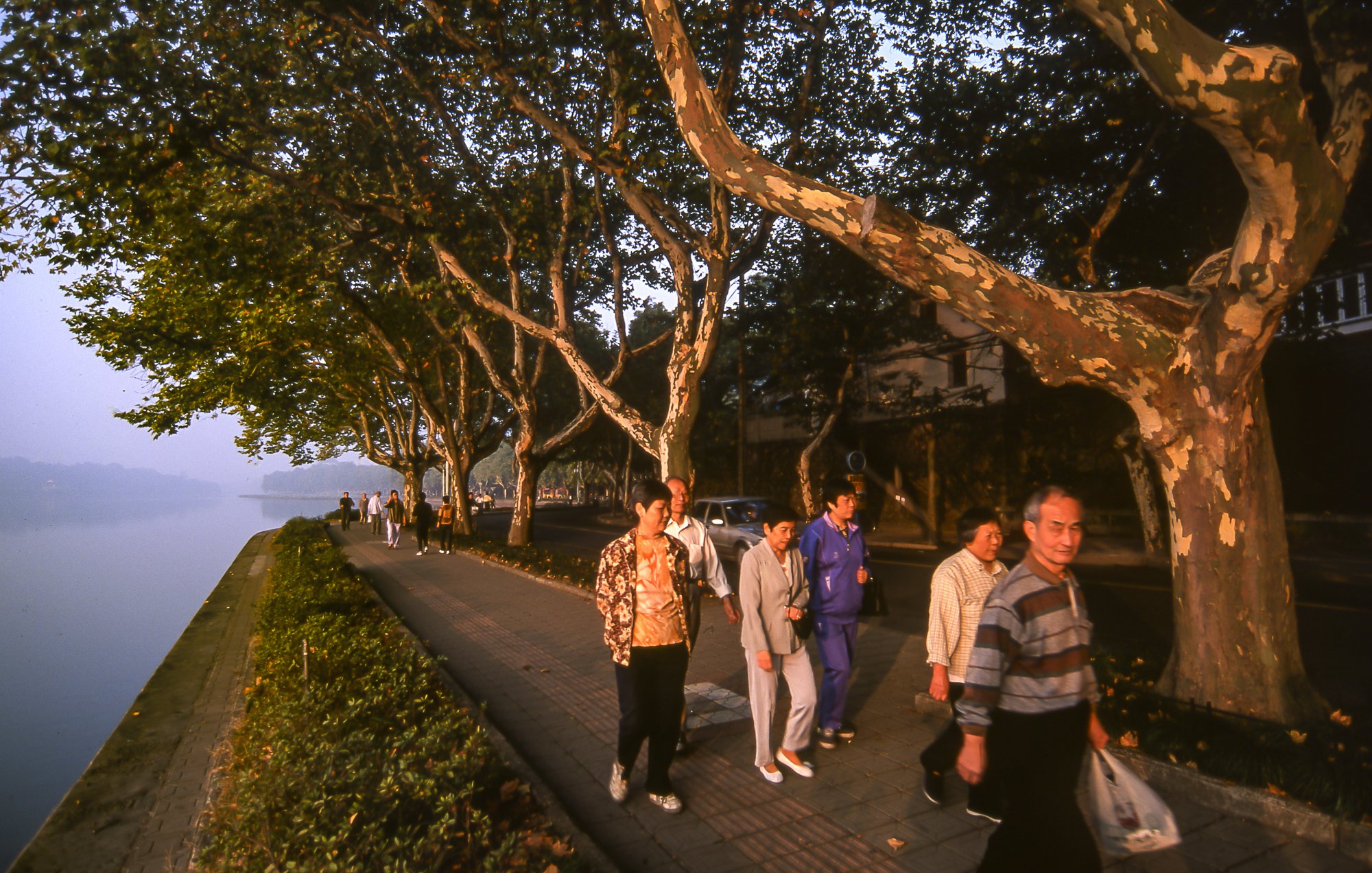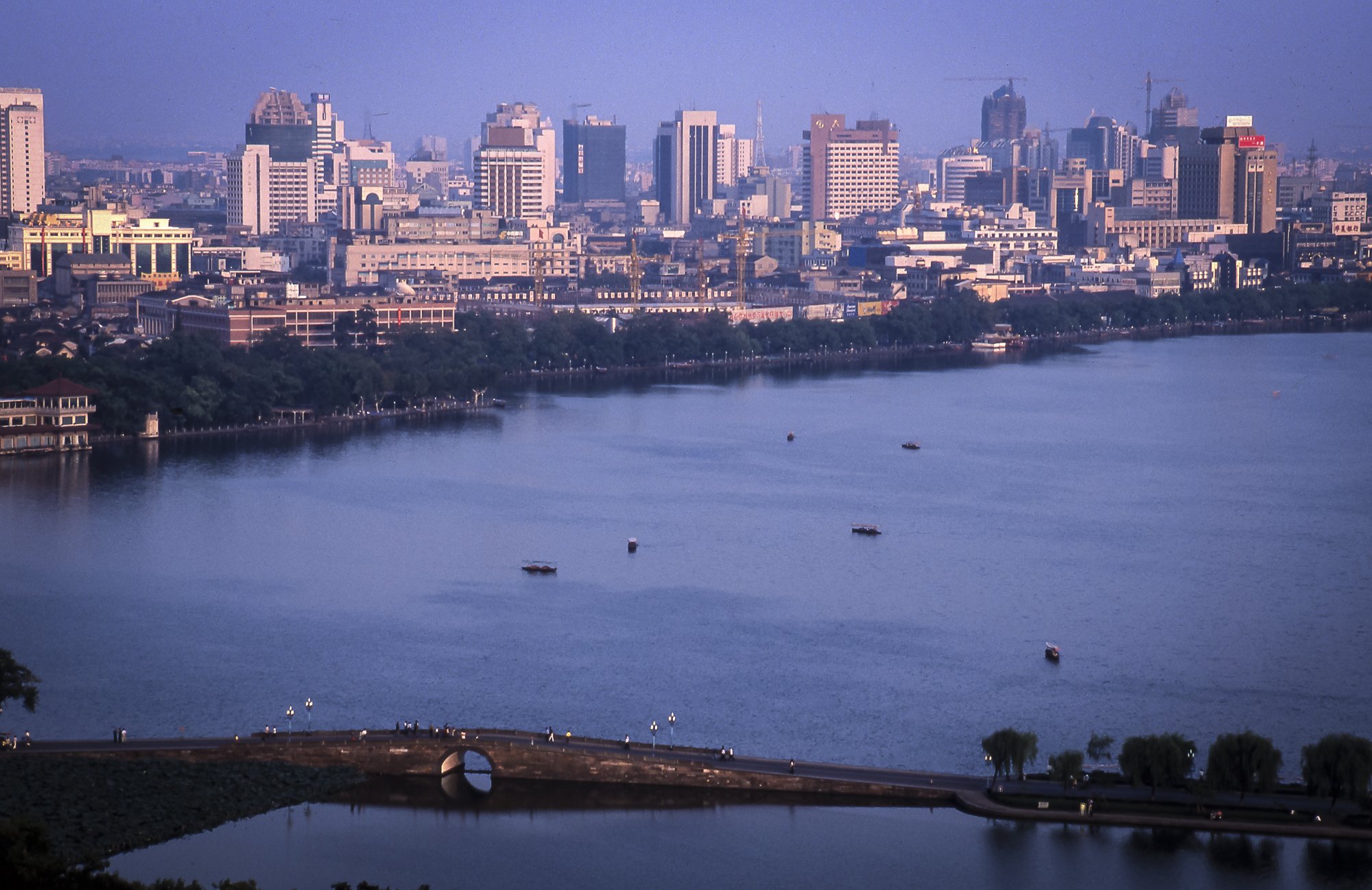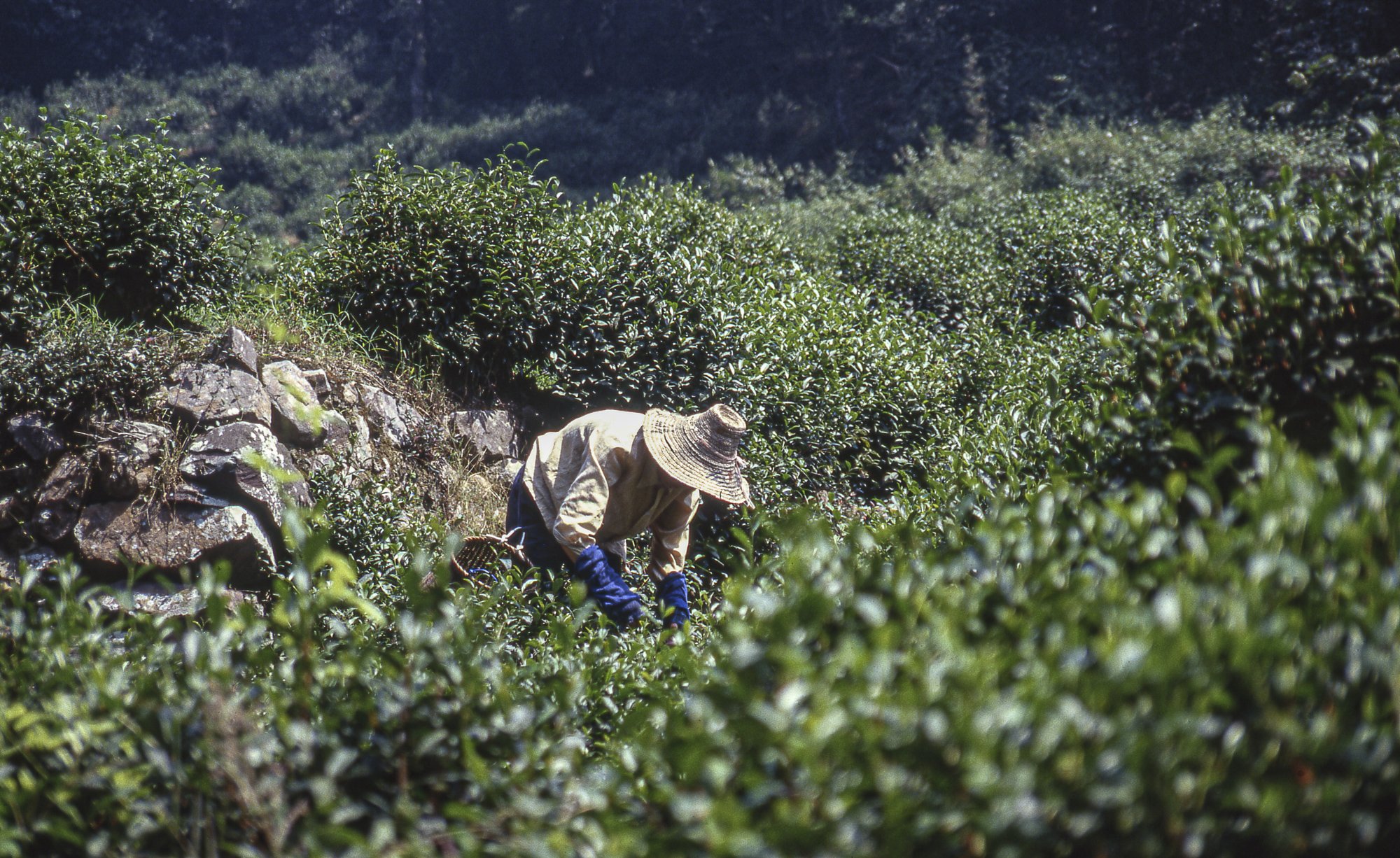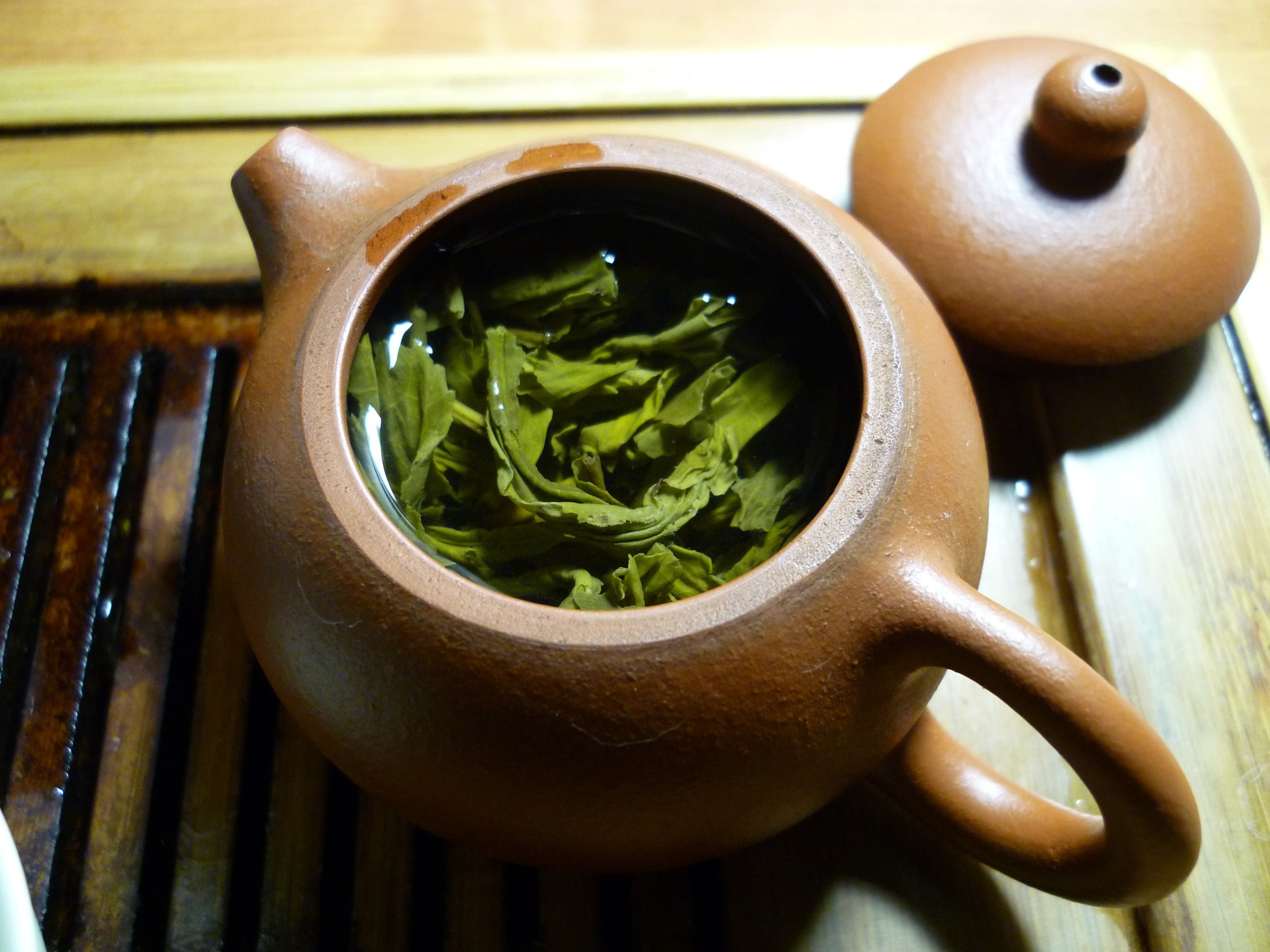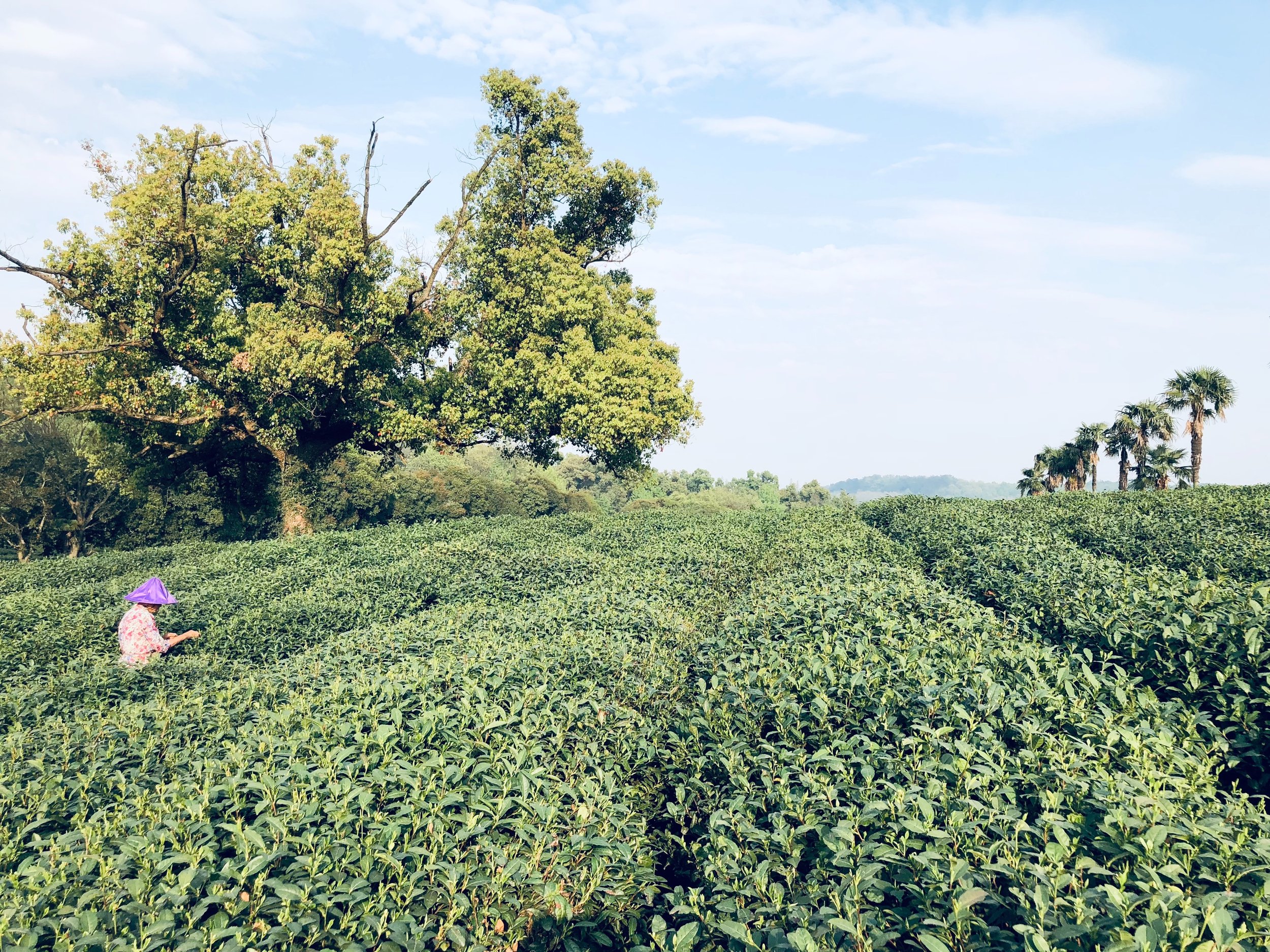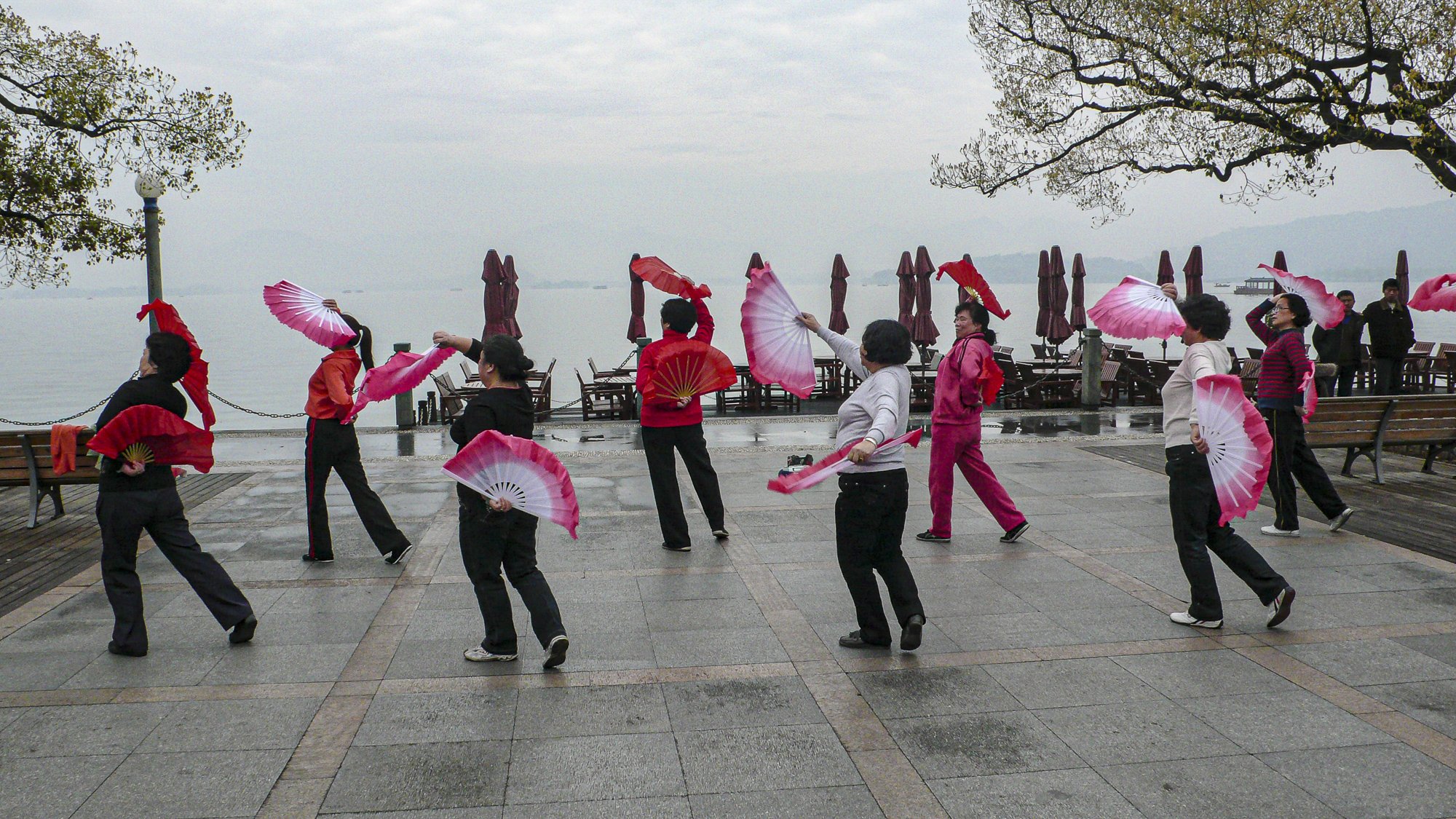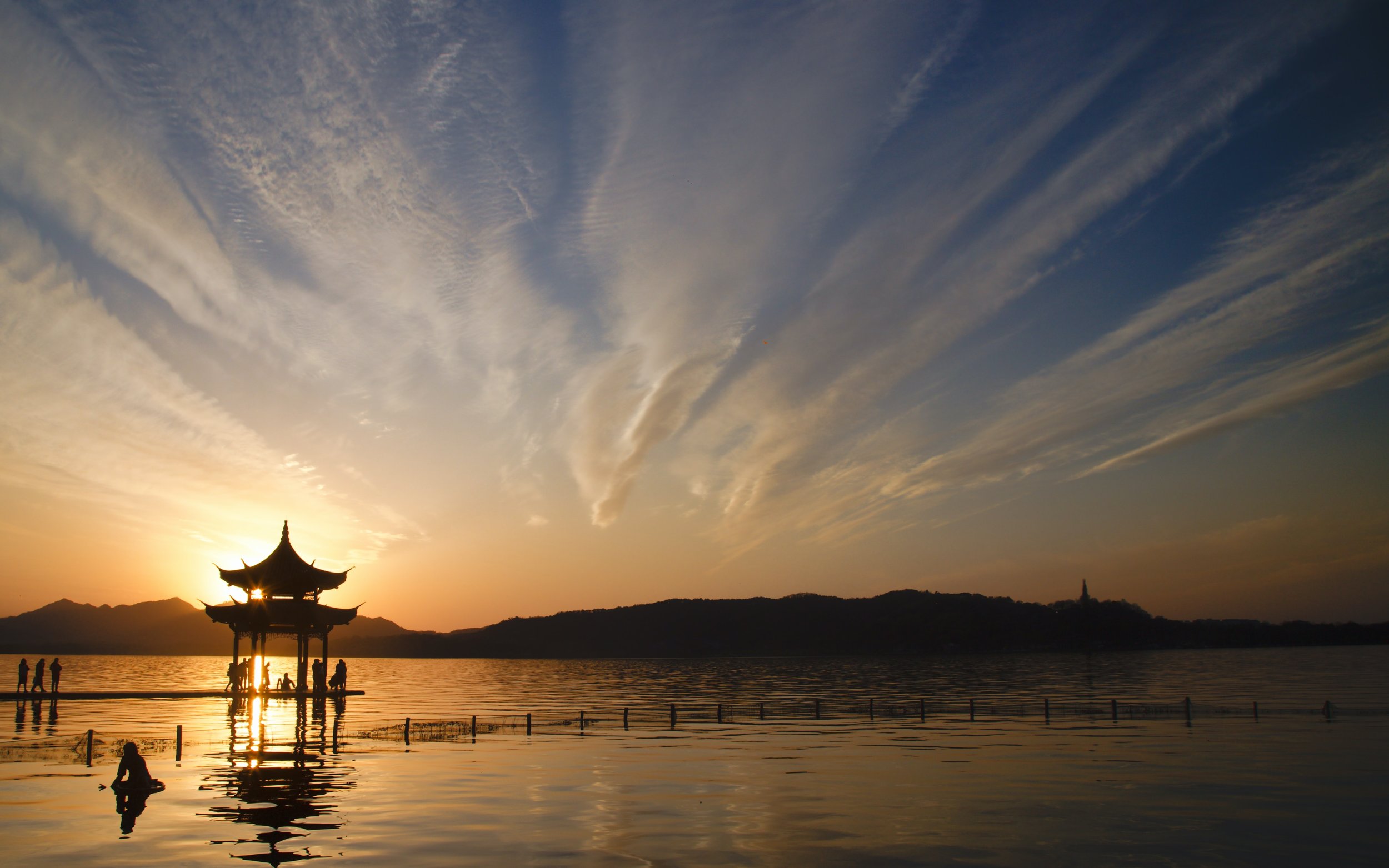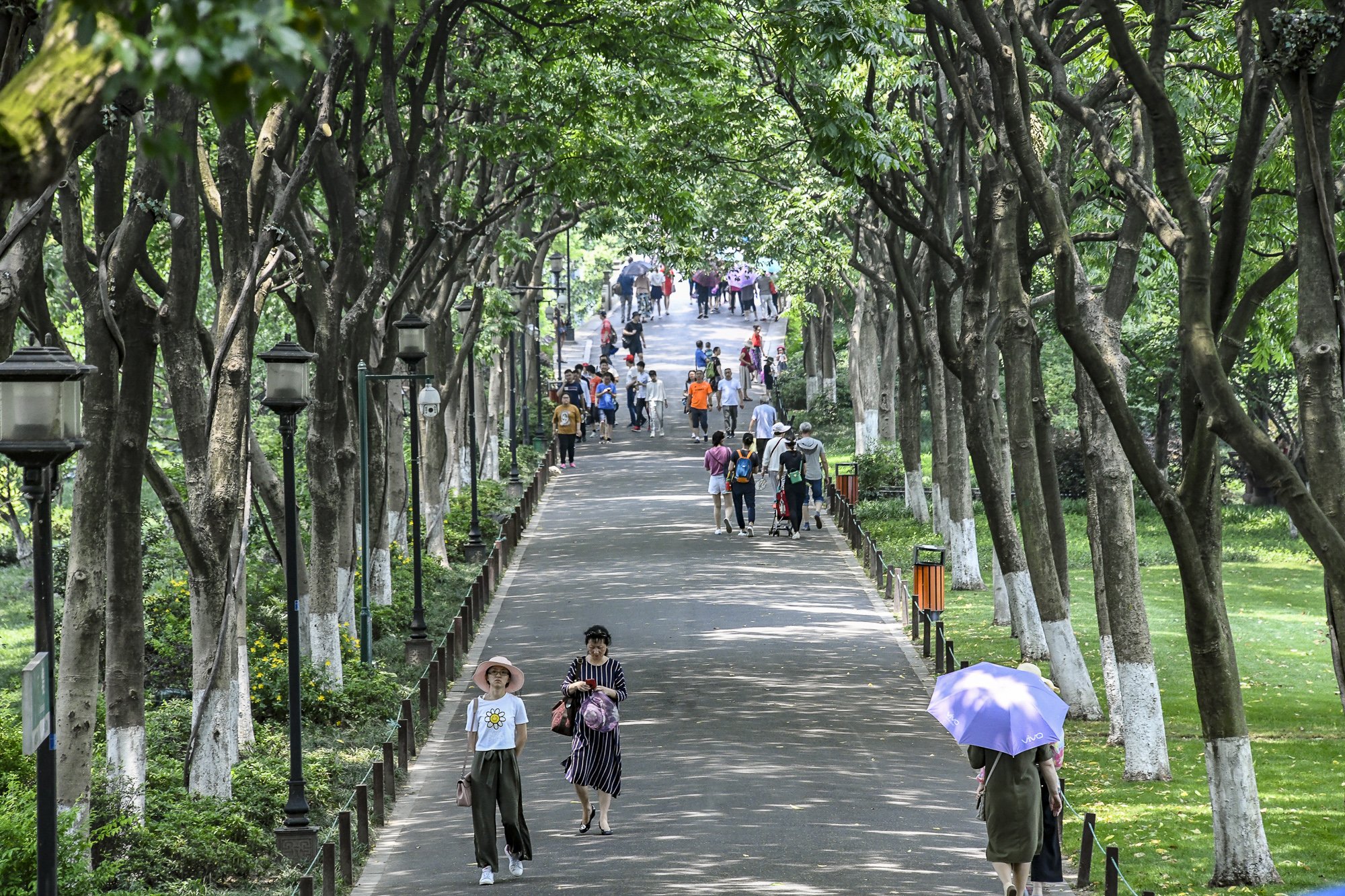ALL THE TEA IN CHINA
Early in the 13th century, Italian explorer Marco Polo visited the city of Hangzhou (pronounced Hang Jo) in mainland China. His journal describes the city as the most beautiful and elegant in the world “…One feels as if Hangzhou is a kind of paradise on earth…”
I have been in Hangzhou many times over the last 15 years, guiding private trips across China and I always included Hangzhou on the itinerary if time allowed. To me it was one of the less popular destinations for western tourists but also one that surprized many and it has been incredible to see the changes in the city. Even one of the city’s icons, West Lake, is being “improved”, by enlarging the lake’s shorelines. The lake is gorgeous, right downtown, making it a fantastic “Oriental Geneva” of sorts. It’s not a big lake, only 6 kilometres of shallow landlocked freshwater. Two man-made causeways cross the lake graced by single arch stone bridges. Along the lake you will fine a wide collection of traditional gardens, Buddhist and Taoist temples and great walking in a green environment. But West Lake is without a doubt the main attraction in town.
Of all the tea in China, green tea is supposed to be the best. And the best green tea comes from the surrounding hillsides of Hangzhou, near a village called Longjing. The combination of soil, mild temperatures and spring fed water makes Hangzhou the Burgundy of Tea. Emperors as far back as Qian Long (17th century) used to get their tea from Longjing and sent to the Forbidden city. Even Mao held two residences along West Lake, one being the official house when he came with Mrs Mao, the other house more “unofficial” when he hosted his concubines. The combination of green tea, beautiful women and the lake made Hangzhou a definite prime spot for party officials to “retire” in secrecy. The whole countryside is covered with hundreds of tea plantations, all extremely well cared for with tea bushes. Many roadside teahouses demonstrate the art of drying tea leaves. One brand called Dragon Well has been selected by the Chinese Government as one of the Official Gifts from the People of China to visiting dignitaries such as Bill Gates, Vladimir Putin, Richard Nixon and even the most avid tea drinker, Elizabeth II.
All this agricultural wealth makes the farmers of this region some of the wealthiest in the country,with China’s economical and market reforms, I have now seen changes that even 10 years ago would have been impossible. Farmers now have communes of newly built 3 story houses complete with satellite dishes, tinted blue windows, plastic wrapped lounge furniture and of course the ultimate sign of wealth, a 2-car garage. One farmer told me he and his wife were the new and very proud owners of a Porsche Panamera (the biggest selling model in China for the company). They were now arguing over who would get the driver’s license first…
No matter how fast Hangzhou and China change, the beauty of this city will always remain and while the whole country has become a gigantic construction site, Hangzhou has managed to retain some of it’s timeless beauty.
LITTLE KNOWN FACT:
Zhejiang is a famous tea producing province. Several major tea institutes are also located in this province. Total size of tea fields in Zhejiang is approximately 1,430,000 hectares ( 3 times more than Japan) and 120,000 tons of tea is produced in the province, 85% is green tea (roasted method), and the rest is split between black tea and oolong tea.
BEST MONTHS TO VISIT
The best weather is in the fall season from September to early November but I also like spring time (April/May) when the trees and flowers of this garden city are green and in full bloom. Summer can be very hot. Tea harvest is pretty much all year round from late March till October.
During the Covid pandemic, China has shut its borders to international visitors and may re-open in 2022.
